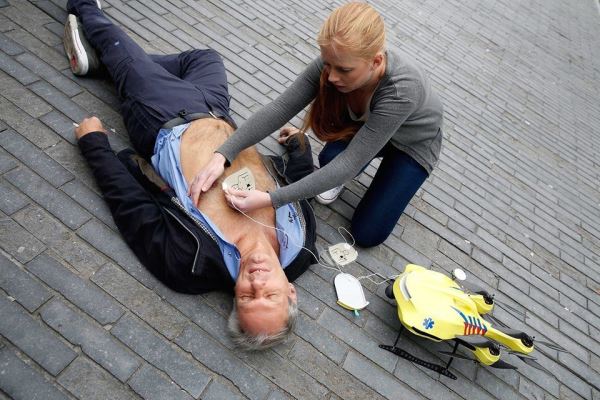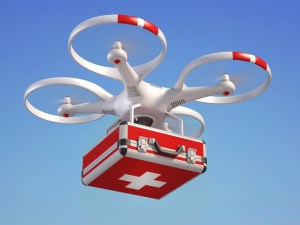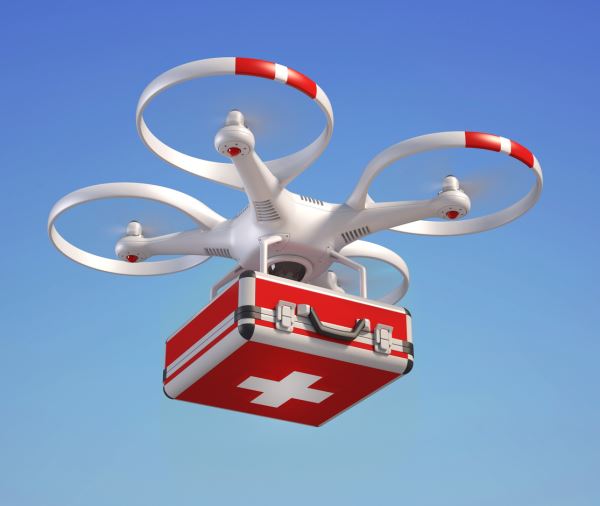For heart attack patients – particularly in remote areas with a long distance to hospitals – time is of the essence.
But a team of researchers in Sweden thinks drones could one day become a high-tech and convenient solution to the problem.
A team of scientists from the Center for Resuscitation Science at the Karolinska Institutet in Stockholm, Sweden compared ambulance arrival times to drone deliveries in a simulation study published in the JAMA medical journal.
These particular drones would theoretically be equipped with automated external defibrillators (AEDs) – the devices that can shock a heart under cardiac arrest back into its original rhythm, with clear instructions to bystanders near the patient for how to use them.
"Reducing time to defibrillation is the most important factor for increasing survival in (out-of-hospital cardiac arrest)", noted the study authors. The survival rates for these patients are extremely low, topping out at about 10%, because care doesn't arrive nearly fast enough.
Time advantage could save countless lives

But a drone equipped with an AED significantly shifted this dynamic. Researchers were able to launch the device (armed with a high-definition camera, autopilot system, and GPS) mere seconds after the medical dispatch call, rather than the three minutes it took emergency medial services to deploy their resources.
This cut arrival time of an AED that would normally get to the patient via ambulance by a median time of more than 16 minutes – a time advantage that could easily save countless lives.
Meanwhile, scientists in the US are trialling drones to transport blood samples quickly and cheaply through the air to enable faster diagnoses and testing of patients in remote areas.
However, regulations surrounding the use of “medical” drones have yet to be finalized where complicated regulatory restrictions could vary in different countries, including Australia.
Source: Fortune


